3 Years in the Making
When I accepted the post as PolarTREC teacher to scientist extraordinaire Amanda Koltz, I didn’t realize that this would be her last field season before publishing her dissertation. Amanda began her field research on the Arctic Wolf Spider about 3 years ago, and has returned to Toolik every summer since collecting data. Not only is Amanda ending her research on wolf spiders, arctic food webs and their connection to climate change, but she is also ending her time on the Alaskan tundra. I can only imagine how difficult this must be for her – I was only there for 1 month and I already miss the landscape and the phenomenal people I met there. Somehow, I have a feeling she’s going to figure out a way to get back there – if only briefly. Just last week she was trying to convince some of the staff members to conduct winter research on the wolf spider.
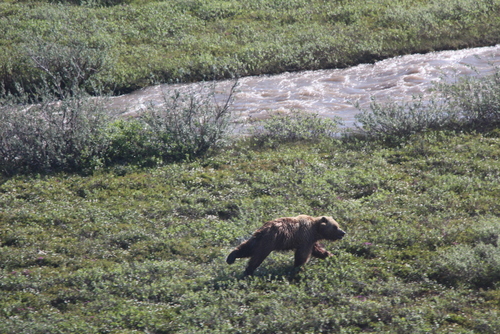
Breaking it down
There are many steps involved in the conclusion of an experiment, but the one that really brings it home is the removal of the actual testing materials. In our case, the most significant of those materials were the 30 spider plots on the hillside just south of camp. Each plot was constructed 3 years ago with simple aluminum flashing held in place with about 6 (heavy) rocks. The plots were covered with either plastic or light fabric and held in place by about 20 binder clips. Since all of that material had been brought up to the research site, it had to be brought down as well. Thankfully we had a lot of help and sturdy packs. I didn’t get any pictures of the tear down, but look at this picture and use your imagination!
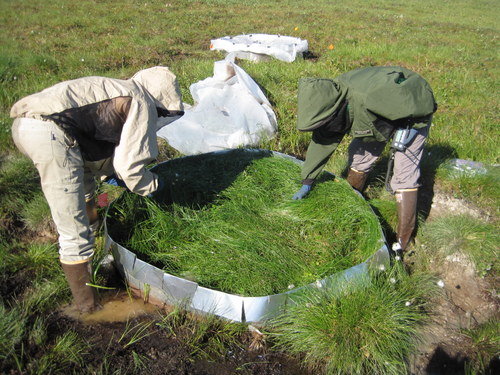


Everybody hates moving
The end of an experiment is just like moving to a new town, apartment or house. You’re incredibly excited and energized about the next step but also overly nostalgic about the smallest things. In the midst of all of that, you also have to deal with the nightmare of packing. And sorting. And labeling. And not going insane with all of the details. We’ve all been there, so there is no need to prattle on about it…just look at the pictures.
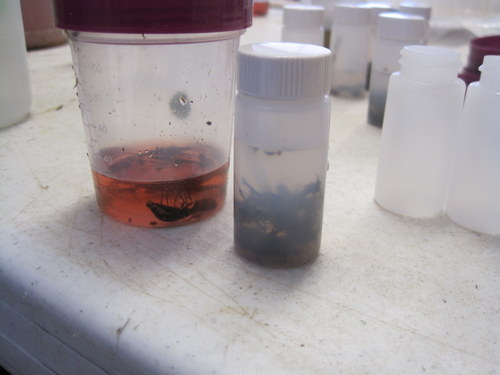

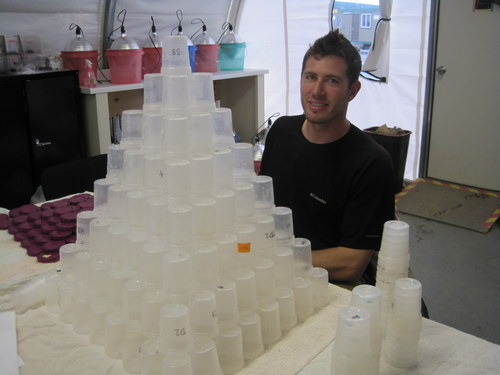
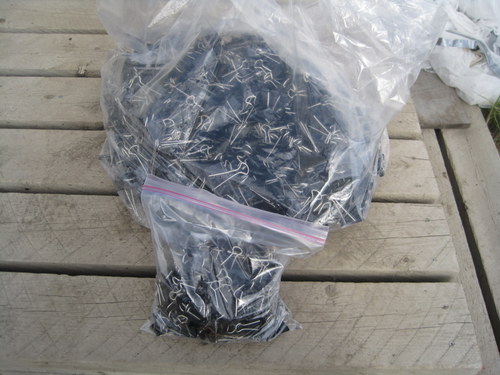
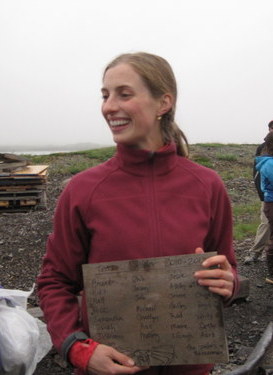
- < prev
- 21 of 21


Comments